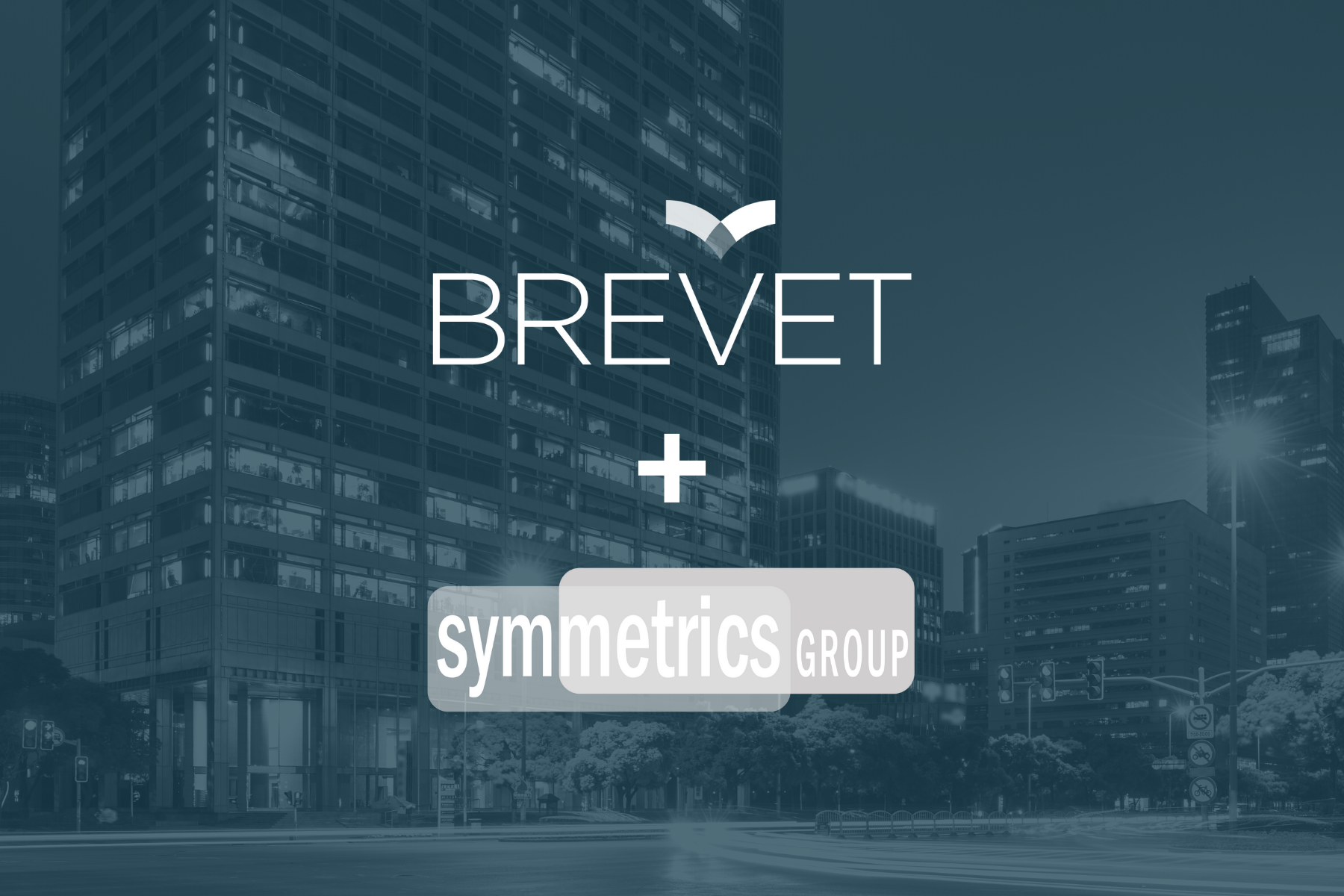In California, we have a saying: ‘The future happens here first’. And that comment always seems appropriate at Dreamforce. During this annual pilgrimage to San Francisco, we look to the future while pretending our sales team fully leverages the capabilities of CRM!
It’s easy to convince yourself that the only thing your team is missing is AI courtesy of Einstein. But no matter how well your organization utilizes CRM, Dreamforce brings together the best in the space. And it provides all of us the opportunity to ponder the next big thing.
So let’s gaze into our sales enablement crystal ball. There are three trends we see as we look ahead towards 2019:
1. CRM as a True Enablement Tool
CRM is the single greatest spend in your sales stack. If your enablement strategy isn’t anchored to it, then you need to rethink your CRM. We preach that reps should live in the system. But how often do they leave it to access enablement content and tools? How well integrated is your selling methodology with your CRM? For too many, CRM is a compliance tool for sales leadership and finance, not an enablement weapon. That’s going to change.
To fully weaponize CRM, it must meet some core requirements. A sales rep must easily:
- Be prompted with basic information on a prospect / customer
- Access real-time enablement content that’s specific to that selling scenario, solution, and customer type
- Receive guidance around best actions based on the selling methodology
- Connect with prospects via social, phone and email while tracking engagement
Now here’s the kicker: Can the rep get these things in their CRM and not 12 different applications?
There’s a wave coming within the CRM space. New players are more focused than ever on making CRM a tool for sales reps, not finance. Salesforce has the grip on the market for now, but we believe 2019 will be the year this starts to shift.
Check out our Sales Enablement Radio podcast with George Brontén, CEO of Brevet partner Membrain, for more great insights on the future of CRM.
2. Old School is the New School
The pendulum swung hard towards sales automation over the last few years. Conferences and vendors touted how everything would soon be fully automated. Advances in big data, AI, voice recognition, and other technologies would transform sales. Many openly asked if we would even need sales reps in a few years.
In 2019, we see the pendulum swinging more into a balance between tech and solid rep execution. We’re certainly not heading back to Glengary Glen Ross style selling. But we believe a new paradigm will emerge that leverages the learnings from automation while emphasizing sales fundamentals.
The truth is, there are no silver bullets. No magic sales application will help you hit your number. The only way forward is executing the fundamentals while adapting to emerging technology. And mastering the fundamentals isn't getting easier. Just think about all the difficult sales execution issues that your sales stack won’t solve:
- Navigating the complexities of your verticals. How well do your reps meet the expectations of buyers across your vertical markets?
- Expanding beyond your core buying center. Congrats — you’ve built your business selling to one buyer profile like CIOs. Now, that another buyer like the CMO makes the decision, can your reps adjust?
- Sales-generated pipeline. Marketing is delivering less and less of the pipeline. What are you doing to help your team close the gap?
3. Questions about Enablement ROI
We’re a few years into the sales enablement revolution. Budgets have expanded and new corporate staff roles added as sales enablement comes into its own. Is the honeymoon over?
We believe 2019 will surface a series of difficult questions for leaders:
- What’s been the return for all of this investment?
- Are more reps hitting quota?
- Are win rates up?
- Is customer churn down?
- Has average deal size gone up.
- What about new hire ramp times?
These questions loom large over the enablement profession. There are lots of anecdotes about successes and some metrics that appear to correlate with performance. But there’s often a major gap when it comes to tracking causation and real ROI.
A bigger concern for enablement may be whether they get to answer these questions at all! While enablement may struggle with ROI questions, marketing is increasingly finding ways to prove their value. The quantity and quality of marketing data is expanding. The marketing function is poised to answer many strategic effectiveness questions on behalf of enablement ...and sales!
What's Next?
Predicting the future can be dangerous. But we’re confident that these three trends will become more prominent in the days to come. How are you preparing to succeed in the quickly maturing world of enablement? New ideas and products coming from Dreamforce will get us all thinking about future possibilities. But don’t forget to stay anchored around what your teams need today.
For those in San Francisco this week, let's find time to connect. Come see us at the Sales Enablement Soiree on Thursday. We'd love to compare notes and swap more predictions about the future.
About The Author
 Ralph is a partner with The Brevet Group, and for 20 years he has led sales performance teams in the United States and Asia. Recently he also served as a sales leader in both the media and technology industries. Ralph’s work has focused on a unique blend of management consulting and sales enablement to help companies execute their sales strategies. Prior to this role, Ralph was the APAC sales effectiveness leader at Mercer.
Ralph is a partner with The Brevet Group, and for 20 years he has led sales performance teams in the United States and Asia. Recently he also served as a sales leader in both the media and technology industries. Ralph’s work has focused on a unique blend of management consulting and sales enablement to help companies execute their sales strategies. Prior to this role, Ralph was the APAC sales effectiveness leader at Mercer.


.jpg)
